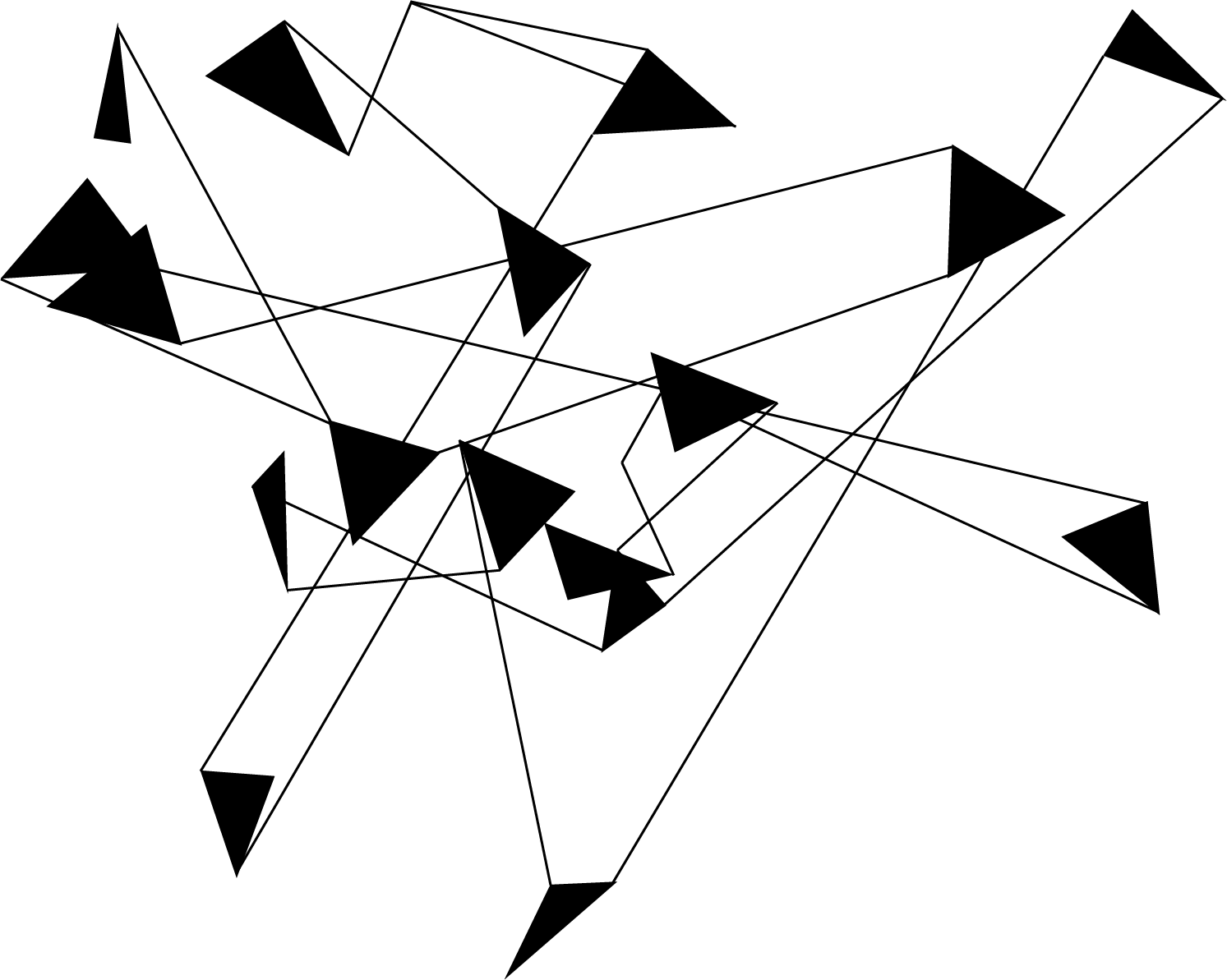Modern societies are dominated by negative news. As the matter of fact, our societies look much darker in media, than in reality. And it has been like that from the beginnings of journalism. How does media negativity impact societies around the world? As part of our research on negative media DigiLab members did some coding to establish live monitoring of negative emotions levels in media vs. societies. To do this, the most influential mass media were recognized in 11 counties, and their followers on social media. After this, sentiment analysis of Twitter posts published by both media and their followers is set up. This is considered the Media Reality Index [MRI].
MRI is aimed to help NGOs, journalists, legislators and general public follow state of media negativity. As a result, they can propose solutions, education programs and regulations. The goal is to make media more realistic. We believe the process can translate into happier and more productive societies.
Below are live MRI graphs. They are updated each day. As a result, we can conclude how much media are distorted from social reality. We can clearly see the disproportion between negative emotions expressed in media and negative emotions expressed by society members.
In short, media contain the most negative emotions in Argentina, the UK and Serbia. On the other hand, the societies expressing the most negative emotions are US, Russia and Serbia. However, the greatest disproportions in emotions between media and society are in Argentina, Germany and the UK. Finally, levels of negative emotions are higher in media, than in groups representing common population in all countries.
